Shaving, how hard could it be right? The concept seems simple, but you’ll do your skin a disservice without the right shaving tips.
Shaving is a common hair removal method. As widely practiced as it is, many mistakes are still made. The consequences of shaving mistakes are pretty uncomfortable, and you might be on the receiving end of some of them.
Razor burns, nicks, and the post-shaving itch are some of the impacts of shaving when done incorrectly. Some skin sites will require a different approach because you might be more sensitive in some areas compared to others. For instance, skin in the pubic region is more susceptible to irritation compared to the skin of your legs.
The bottom line is that you need to know the proper shaving tips to avoid razor bumps and other skin irritation related to shaving. There’s a lot to unpack today regarding shaving the common areas of your body from your neck down, like your armpits, pubic region, and legs. So, let’s start with the best shaving tips to achieve itch-free and smooth skin.
What does shaving have to do with ingrown hair?
The concept of shaving causing cuts is self-explanatory, but there might be some confusion regarding ingrown hair. Knowing why shaving can cause these effects can help guide you better.
Ingrown hair is the reentry of hair into the follicle. Instead of the hair coming to the surface, the hair grows into the skin. Unlike hair removal methods that target the hair follicle (i.e., laser hair removal), shaving only removes the hair strands at the surface. When the new hair from the follicle grows back and curls inward instead of outward to the surface, it is known as an ingrown.
This happens after shaving primarily because of follicular irritation. It can also occur because of common shaving mistakes leading to clogged pores, preventing new hairs from coming to the surface.
Now, let’s avoid those mistakes with these shaving tips.
The reason why many people prefer shaving is because of convenience but also because it is painless. The steps below will help you get the most out of shaving so you can spend less time worrying and more time admiring the results.
Choose a quality razor.
Quality matters in many situations, and razors aren’t an exception. The foundation of your shave is key, and you should first consider the tools you’re using. Your razors should be effective at what they’re meant to do.
While choosing your razor, you should also consider the blades. A 2-3-blade razor should do the trick; however, the more blades, the higher the chances of a smoother shave since each blade engages with the hair one after the other. A 5-blade razor has benefits, but it can also cause more irritation because your skin encounters more blades. If you have sensitive skin, using fewer blades and a razor with added moisture reduces your chances of experiencing irritation.
__________________________________________
Use a razor with a flexible handle.
This one comes down to personal preference. The razors with pivoting heads give more range when shaving. The body has contours, and it makes it easier to go into different areas with ease. This also helps you cut down the time you spend shaving because you don’t have to get into the most uncomfortable angles to get each curve of your body.
Have separate razors for your pits and bits.
For starters, hair density might differ in different body parts. One area may have finer hair or be less sensitive, so you may use a razor that provides a closer shave. Other areas may be quite sensitive, requiring different maneuvers and fewer blades. Additionally, the skin in your pubic area is highly permeable; therefore, you want to reduce the risk of introducing harmful agents. Have a razor designated for your pubic region and another for your armpits/legs.
Change your razor blades often.
Another way to combat razor burns, cuts, and infections is to change your razor blades regularly. Try changing your blades every 3-4 shaves. The number of times you shave, hair texture, and the surface area you cover during each shave can affect the longevity of your razor, so use your best judgment when deciding how often to change the blade. A sharp and clean razor is always ideal when shaving to reduce your chance of experiencing any form of irritation. Avoid using dull, old, and dirty blades when you shave.
Do light, gentle passes.
If you feel the need to put a lot of pressure on your skin to remove the hair, it may be because you need a better razor or you’re rushing. Neither are good when you’re shaving. Ensure you have adequate time when you shave, and always pick a razor that will do the job for you. Too much pressure can irritate the skin and lead to razor burns, which you want to avoid.
Avoid going over the same area multiple times.
Being gentle as possible is important since you’re disrupting the skin with each swift movement. You’re physically exfoliating while shaving by removing the dead skin cells on the surface. Targeting the same area multiple times becomes irritating and traumatizing to the skin.
Store your razor in a cool and dry space.
Shaving the body mainly occurs in the shower, so it seems like the most convenient place to store your razor. This is not advised because moisture-rich environments can expose your blades to bacteria. Place your razor in a cool and dry environment with your blades upright to dry. Also, you can protect it even further after it dries with razor covers.
Allow time between each shave.
Depending on how fast your hair grows, you may want to shave more frequently for the bare-skin look. However, remember that shaving regularly increases your risk of irritation because you remove a layer of skin cells each time you shave. Give your skin some recovery time between shaves. Letting the hair grow out a little before you shave again is also best to achieve amazing results.
Steps To Follow When Shaving
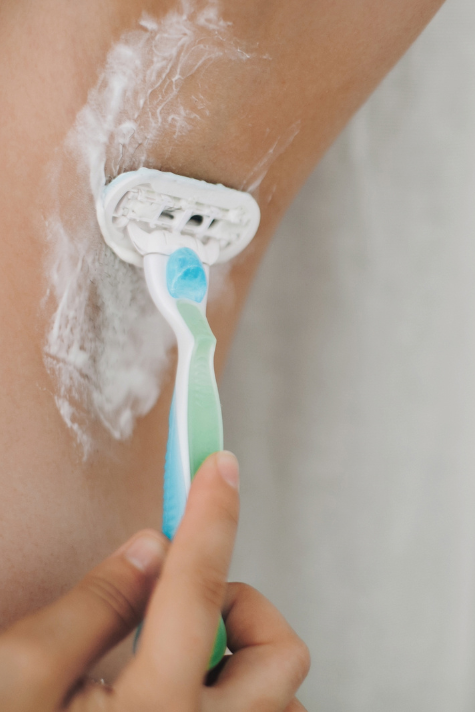
1. Prep your skin well during the days leading up to shaving.
Take care of your skin every single day of the week. Aside from the actual act of shaving, the same steps you take before shaving should be in your body care routine. You should exfoliate occasionally (once to twice weekly) to remove dead skin cells and always moisturize your skin.
2. Wash your hands with an antibacterial soap.
Making sure you give your hands a good scrub before shaving is essential to avoid introducing anything on your skin, especially since there is a chance of nicking yourself while shaving.
3. Trim before you shave.
This one is highly important for areas with a lot of hair. For example, If you’ve spent the whole winter au naturel and want to prep for summer, there’s likely a lot of hair growth, and you don’t want to get down to shaving immediately. Cutting down the hair reduces the chances of tugging and pulling and prevents your razor from clogging. Also, you’re less likely to do multiple passes in the same area when you trim.
__________________________________________
4. Take a shower or soak in a warm bath.
You should shave after getting rid of the dirt on your body. The dirt and oil from your skin can clog your razor, increasing friction between your skin and the blade. Additionally, the hairs become softer after removing the dirt from cleansing your skin. This allows you to get an easier and smoother shave without irritating the skin.
5. Exfoliate to get rid of dead skin cells.
For this, you can use body washes that contain exfoliating acids or opt for an exfoliating agent. A chemical exfoliant is best to use before you shave. While physical exfoliants, like sugar scrubs, are great, they can cause microtears in the skin, which you want to avoid when you need to shave right after. Using chemical exfoliants sheds the dead skin cells without tearing the skin.
For your pubic region, use formulations meant for sensitive skin or specifically designed for that area.
__________________________________________
6. Add an oil, shaving cream, or gel.
You should never dry shave. Add a shaving aid to your routine to reduce irritation and razor burns. Depending on your preference, this could be an oil, cream, or gel. This protects your skin and allows the blade to glide gently. Depending on your chosen product, you can also see which areas you already shave, so you don’t have to go over those areas again.
A beginner might find shaving gels more lubricating and easier to work with. For those who want something lighter, a cream will do the job. An oil can be a choice for someone who wants to nourish the skin while shaving. You may even prime the skin with an oil and follow with a gel for a more lubricating shave (Be careful, as the oil can make the tub slippery). For areas with coarser hair, allow the shaving aid of choice to sit for approximately 2 minutes before you start shaving.
Choose formulas that hydrate the skin so you’re not left dry and flaky after shaving, which isn’t good for your skin.
__________________________________________
7. Start shaving!
Finally, the step you were waiting on. After observing all the shaving tips and doing the pre-shaving steps, it is now time to start shaving.
Be gentle with each pass, and frequently rinse your razor with warm water to remove the hairs. This prevents clogging and allows you to get the best possible shave.
Tips for shaving armpits: Raise your arms and shave downward with the grain. This should remove all the hair. To get a closer shave, pull the skin taut and shave from the side inward to get anything that may be remaining. The general shaving tip for sensitive skin is to stick to the downward motion since it doesn’t go against the natural direction of the hair.
Leg Shaving Tips: To prevent razor burns, shave your legs by gliding your razor downward, which is the direction of hair growth. If your skin is not sensitive, re-lather with your shaving aid and shave upward for the closest shave possible.
Tips for shaving bikini area: Try minimizing the number of strokes in this area. Hold the skin taut and shave downward. For the ladies, you can get the hair around the outer lips or labia majora by lightly sliding the razor inward. The side swipe or inward shaving method also works well in the crease of the butt (intergluteal cleft).
8. Cleanse with a light anti-inflammatory wash and rinse with cool water.
After removing all the hair, you may remove the residue from your shaving aid with a moisturizing anti-inflammatory body cleanser. So, cleansers with ingredients like olive oil, green tea, colloidal oatmeal, and niacinamide, for example, can be added in this step. You can only rinse with cool water to remove residue if re-cleansing is not preferred.
__________________________________________
9. Pat your skin dry.
Rubbing the skin can cause further irritation, which you want to avoid. After getting out of your shower, dab the towel on your skin to remove water.
10. Consider an anti-itch solution.
While following the above steps can minimize irritation, you can go a step further to avoid itchy skin after shaving. Avoid products with fragrance in your shaving routine and use a solution that can prevent itching after shaving.
__________________________________________
11. Be generous with a moisturizer.
You should never skip this step in your daily routine, and it’s also highly advised after shaving. Moisturizing your skin is key to preventing ingrown hairs. If your skin is dry, there is an increased chance of pore-clogging, which can cause ingrown hair. Additionally, moisturizing helps replenish the moisture lost from the shower and exfoliation.
__________________________________________
12. Wear breathable clothing.
Wear fabrics that are loose enough not to suffocate your skin. This helps prevent irritation, thus reducing the chance of itching after you shave.
Final Thoughts
These shaving tips can be helpful for any gender because everyone has skin they need to protect. Whether you’re looking for shaving tips for men or women, this guide will prepare you for the best shave.
Each step and tip in this guide are essential to avoid razor burn, itching, and cuts resulting from shaving. Exfoliating, using shaving aids and tools, following correct techniques, and staying moisturized are all necessary. Observing all these steps helps achieve the smoothest skin without discomfort after shaving.


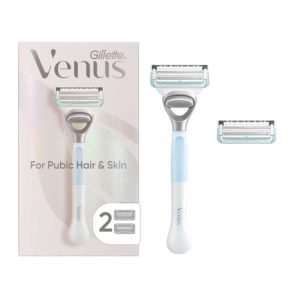
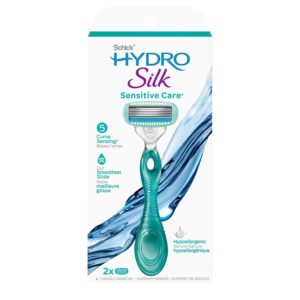
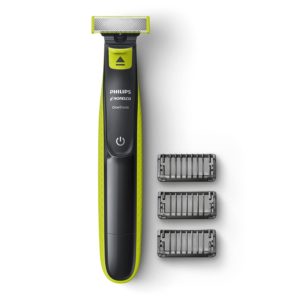
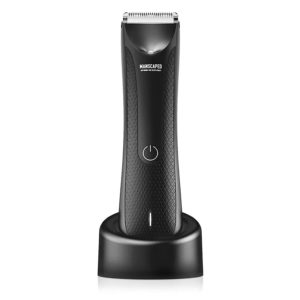
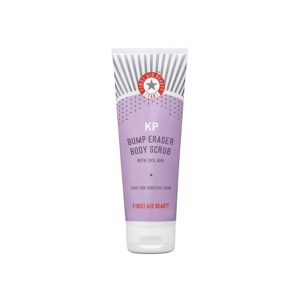
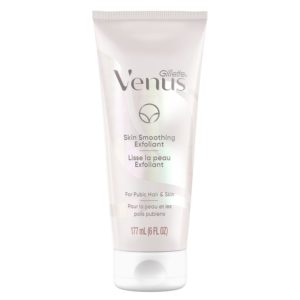
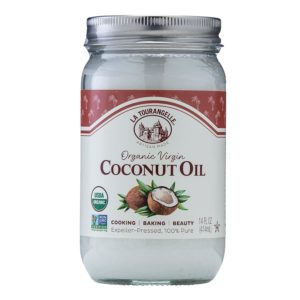
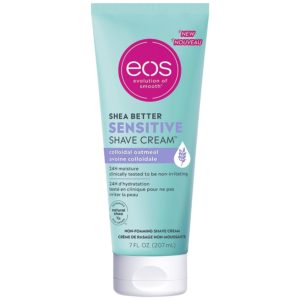


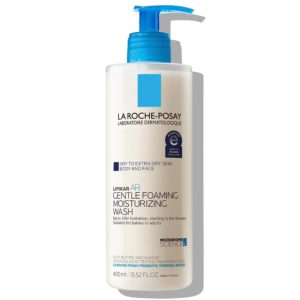
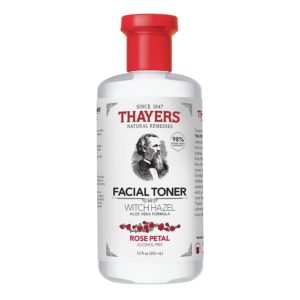
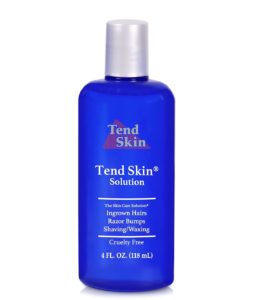
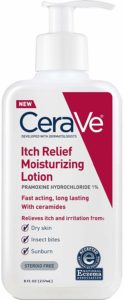
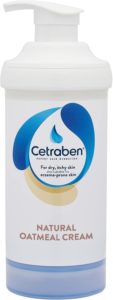
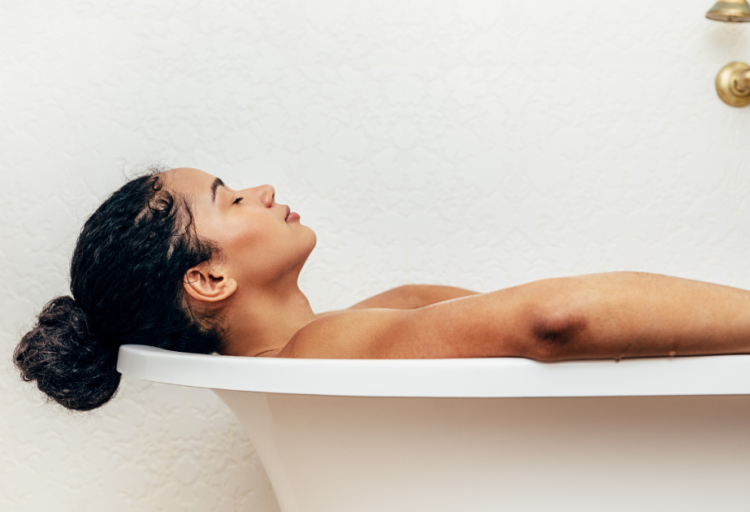


Leave a Reply